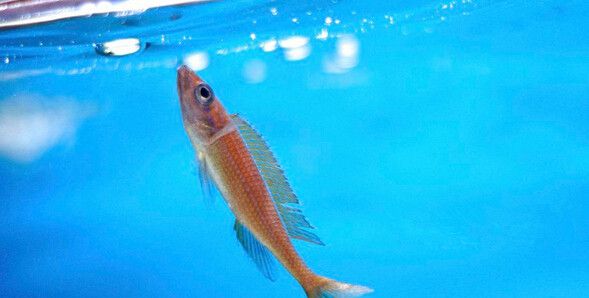无性生殖的海星寿命更长
|
Starfish that reproduce through cloning avoid ageing to a greater extent than those that propagate through sexual reproduction. This is shown by a new research study in which researchers from the University of Gothenburg participated. The study has recently been published in the highly respected journal Heredity. In the study, researchers investigated the telomere lengths and population genetics of a starfish, Coscinasterias tenuispina. The telomeres are located at the ends of the chromosomes, and affect the lifespan and health of an individual. The studied starfish exhibited both asexual and sexual reproduction. Asexual reproduction, or cloning, involves the starfish dividing itself into two or more parts, after which the new parts regenerate. The researchers wanted to find out whether the populations that clone themselves the most have better health and signs of delayed ageing in relation to the populations that carry out more sexual reproduction. Both Mediterranean and Atlantic populations were studied. "Our results from the genetic markers show that the starfish are more inclined to clone themselves in the Mediterranean," says Helen Nilsson Sköld from the University of Gothenburg's Sven Lovén Centre for Marine Sciences in Kristineberg. "In actual fact, there only appears to be a single clone off the Spanish Costa Brava. In the Atlantic, however, sexual reproduction is more common." Better health and a longer lifespan without sexual reproduction There turned out to be a clear positive link between long telomeres and the level of clonality. "We also noted that the telomeres were longer in the newly formed tissue than in the 'old' tissue in the same starfish," adds Helen, who - together with Bethanie Carney Almrort - was one of the two researchers in the group from the University of Gothenburg. |








